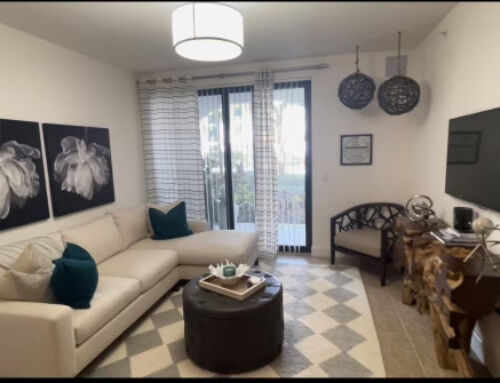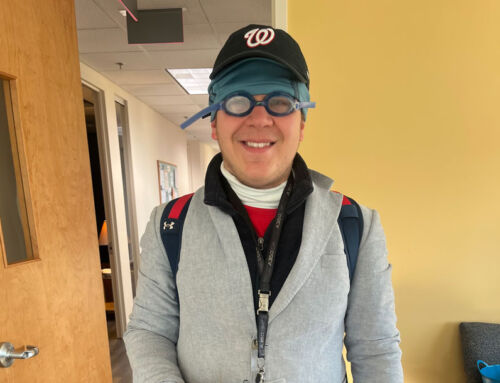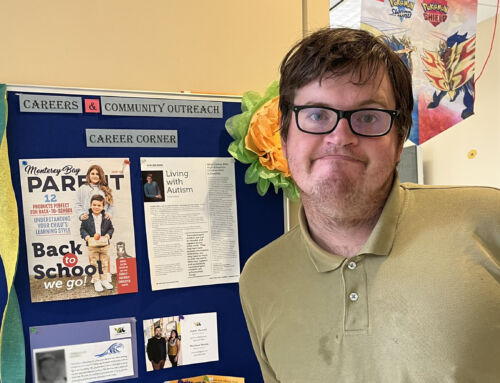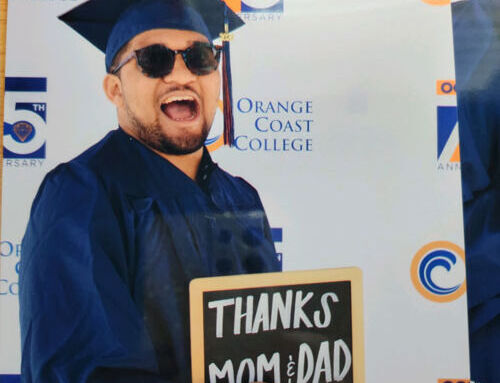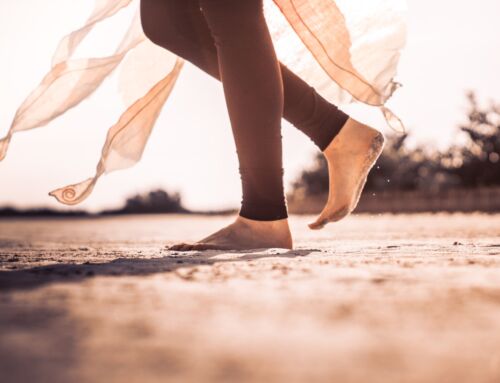By Kati Strong, Director of CLE Austin
 Change is hard. Although change is one fact of life on which we can always count, that does not make the transition from the comfortable and familiar to that which is new and scary any easier. This is true for people of all different backgrounds and personalities, and can be especially true for individuals with disabilities.
Change is hard. Although change is one fact of life on which we can always count, that does not make the transition from the comfortable and familiar to that which is new and scary any easier. This is true for people of all different backgrounds and personalities, and can be especially true for individuals with disabilities.
For many young adults, going to college is an exciting next step in their educational and life journey. It is a time when the young adult gets to take a step forward in making day-to-day decisions while their parents begin to take a step back. It is often a surprise, though, for students who are entering post-secondary life excited about the chance to be an independent adult to find out just how challenging all of the responsibilities of living independently can be.
…It can be stressful… taking it all in at one time, all the stuff you have to do to live on your own… but I’ve learned to take it one step at a time instead of trying to take it all in at once.
– Adrien, CLE Austin Student
Evidence and experience have shown that the complexity of factors involved in helping young adults with disabilities successfully complete the transition from a post-secondary educational setting into an independent adult life can be overwhelming. While no one can promise to make this transition easy, there are approaches that have been shown to be effective in smoothing out a process of transition that could otherwise be fraught with stress, anxiety and, all too often, failure.
CLE believes that offering comprehensive supports in the areas of academic, social, and independent living skills, provides students with an extensive support network that sets them up for a much higher chance for success than might be possible without those tools.
A recent review of the evidence-based literature on transition to adulthood for youth with disabilities has revealed a shift in focus for best practices in this field to a more “holistic, lifecourse perspective. This approach addresses all aspects of a young person’s life and … supports a move to connect and relate the different domains of transition – employment, education, living and socialization…” [Stewart et al., 2012]
It’s important for parents and professionals to help students to find the skills needed to balance the many responsibilities involved in being a successful and independent adult. Through CLE’s individualized approach and diversity of teaching techniques, students are given the opportunity to achieve success, one step at a time, and are helped to reflect on how the victories they achieve in one area of their lives impact other areas and their life as a whole.
As we guide them through this process of self-determination, students build skills like self-awareness, self-advocacy, decision-making and independent motivation and performance. Over time, as students are supported through the bumps in the road and gain experiences of success, they begin to look around and see that they are accomplishing goals with less and less support as time goes on. Success breeds success. And CLE’s goal is to be the beginning of the pathway to a successful future for each one of the students we serve.
Resources on Transition for Persons with Disabilities:
Association on Higher Education and Disability
National Center on Secondary Education and Transition
References:
Stewart D, Freeman M, Law M, Healy H, Burke-Gaffney J, Forhan M, Young N, Guenther S. 2012.
Transition to adulthood for youth with disabilities: Evidence from the literature. In: JH Stone, M Blouin, editors. International Encyclopedia of Rehabilitation. Available online: http://cirrie.buffalo.edu/encyclopedia/en/article/110/

